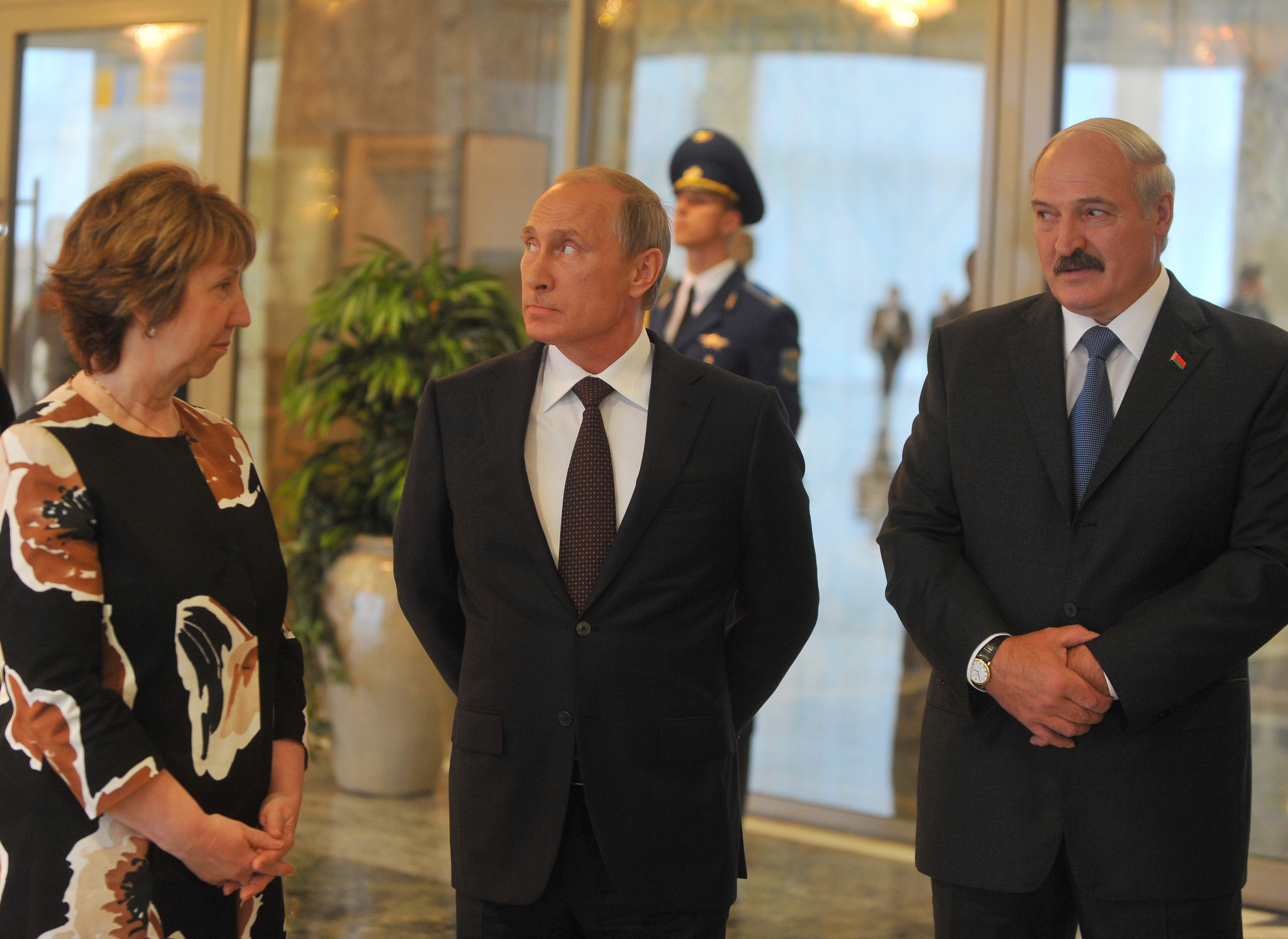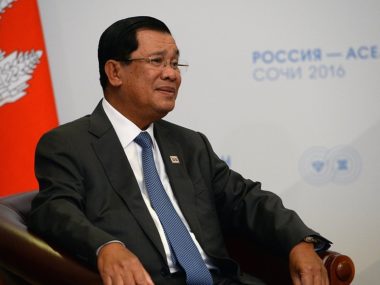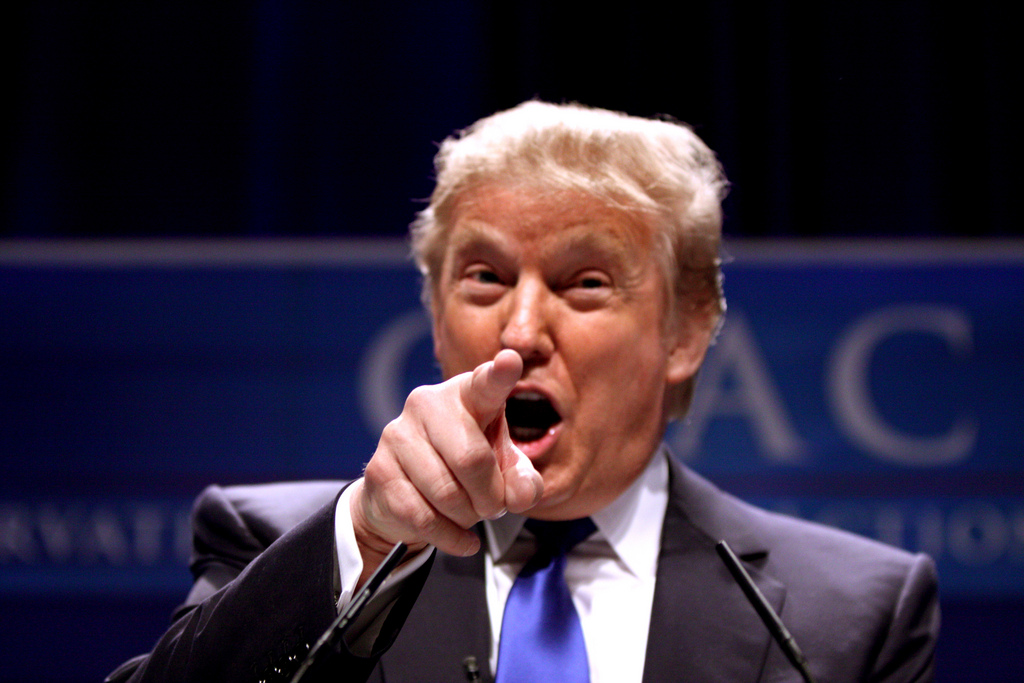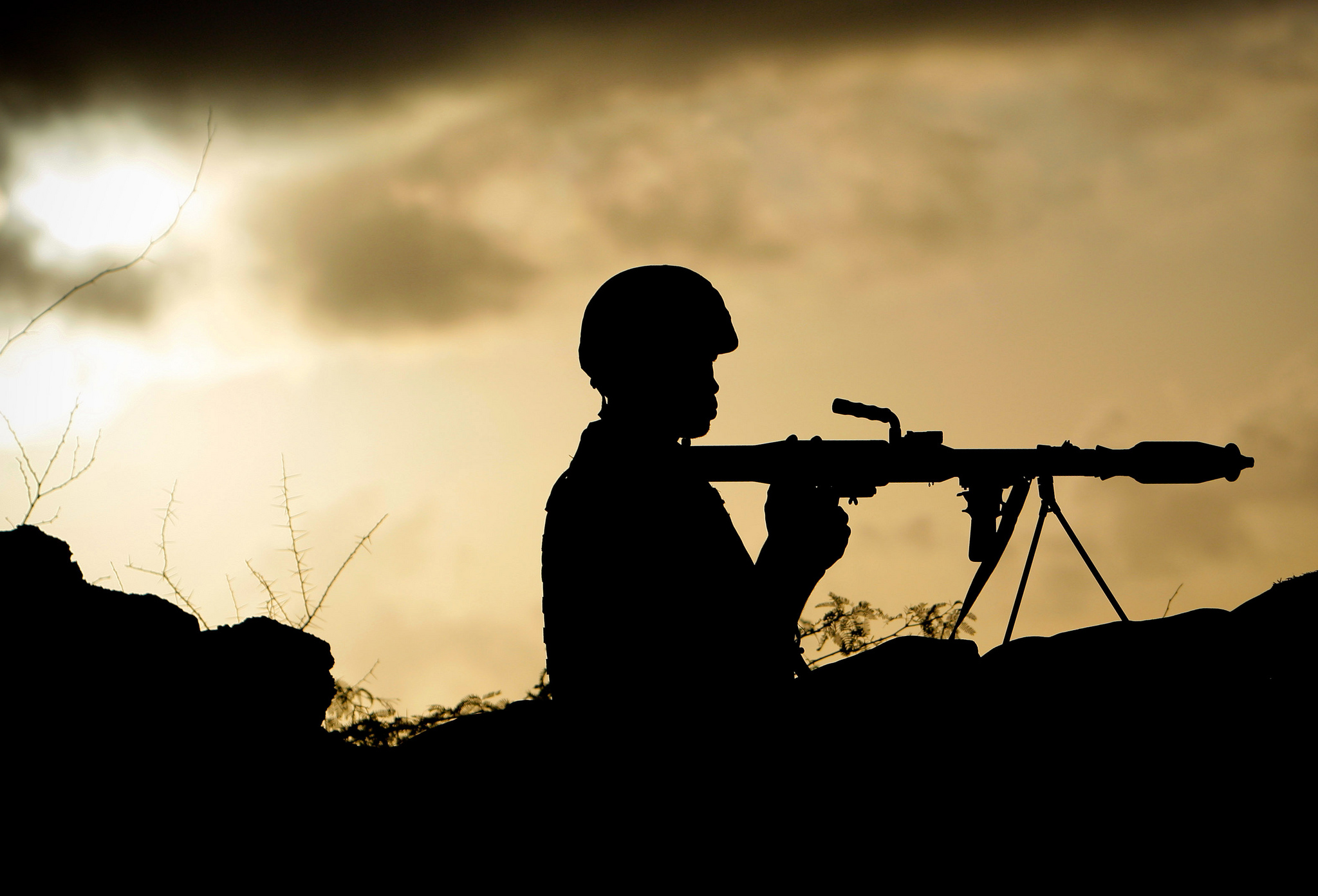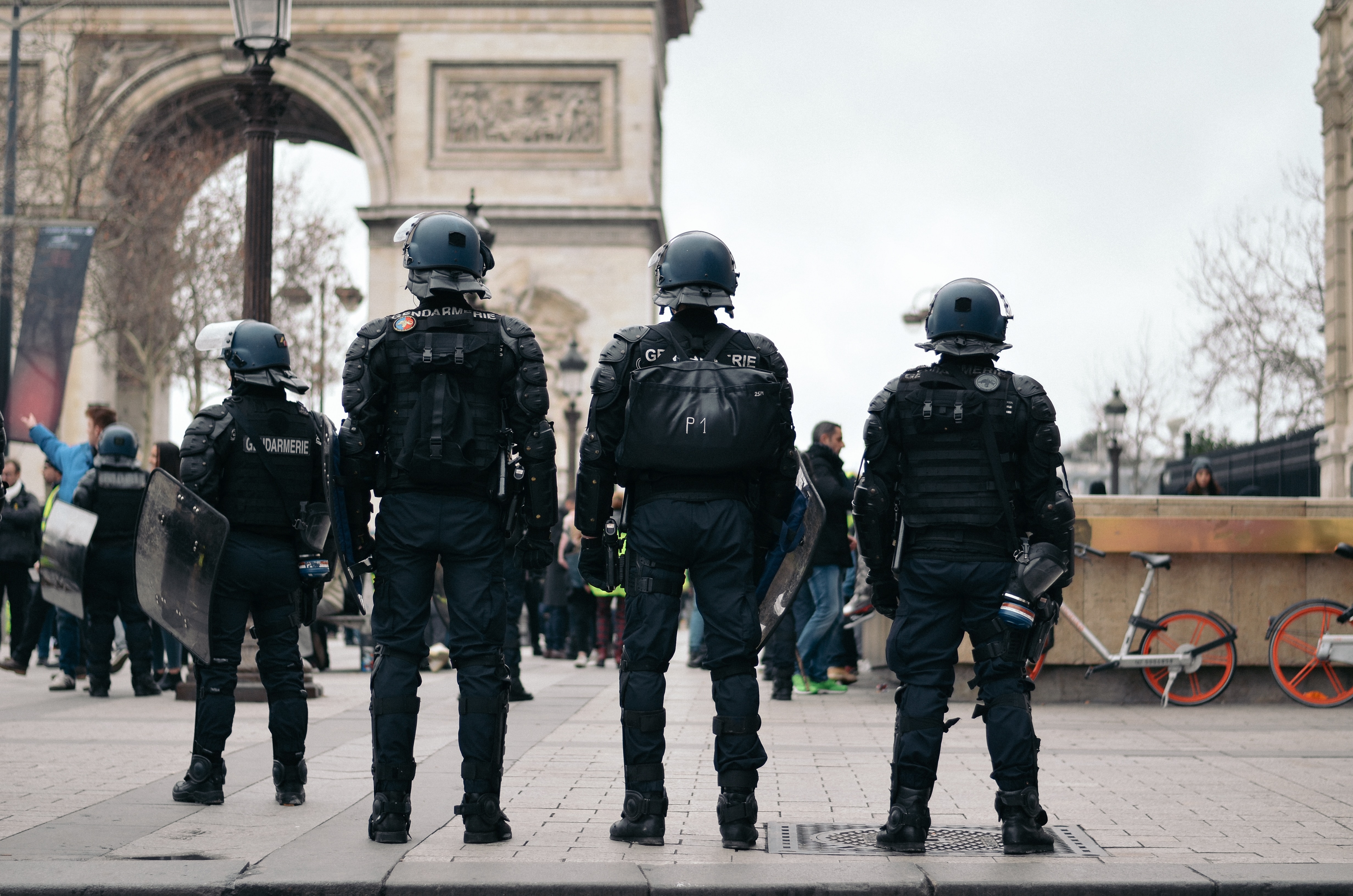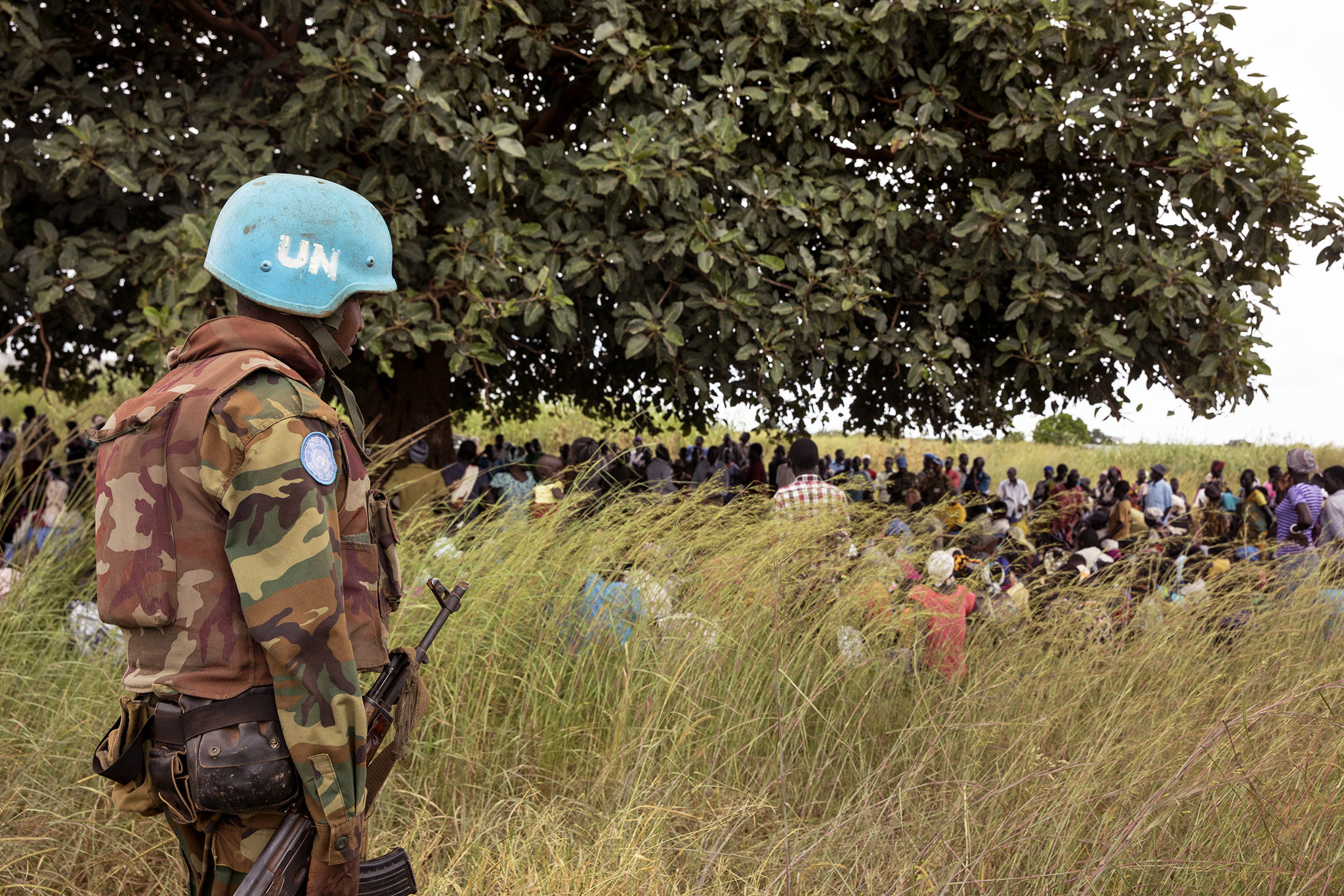Guest post by Konstantin Ash and Miroslav Shapovalov.
Over the past year, it appeared that Belarus – once termed “Europe’s last dictatorship” – was inching politically closer to the European Union (EU). After the EU lifted most sanctions in February 2016, opposition politicians were elected to parliament for the first time in two decades, several jailed opposition leaders were pardoned, and restrictions for travel into the country were lifted.
In February, protests began in response to a government tax on those unemployed for over six months. The government initially offered little resistance, prompting some to declare Belarus as a success story for democracy promotion. However, the authorities cracked down on protesters in Minsk on March 25, arresting and jailing at least 400 – and as many as 1000 –opposition demonstrators.
Why did Belarus repress protests after allowing them to go on uncontested for over a month? We believe that Belarus’ government allows some protests to occur in order to gather information about opposition to the regime, and then represses protests to eliminate the most charismatic opposition leaders. While this cycle has historically been confined to electoral campaigns, the recent repression reflects its extension toward conventional protest movements.
Belarus’ Cycles of Protest Repression
Protest is not uncommon in Belarus. Between 1994 and 2011, Belarus experienced a little over 300 protests – about one every three weeks. Police arrested at least one participant in over half of these demonstrations, signaling that repression was, to an extent, selective. Konstantin Ash finds that arrests were more likely to occur shortly after an election. The effect persisted after factoring in that protests may be more likely to occur after elections, especially fraudulent ones, as is the case in Belarus. During post-electoral protest repression, opposition leaders – especially presidential candidates – were often beaten, arrested, and sentenced to jail terms.
The arrests wrought havoc on the opposition. After Nikolai Statkevich was jailed following the 2004 parliamentary election and constitutional referendum, a fellow member of his Belarusian Social Democratic Party, Alexander Kozulin, attempted to take over Statkevich’s leadership role. Kozulin failed to assume the leadership position but effectively splintered the party and walked off with many other members. Other splinters occurred as a result of post-election repression targeting Zianon Pazniak in 1998 and Alexander Milinkevich in 2006. In 2010, a fragmented opposition fielded nine presidential candidates.
Why allow some protests and repress others?
Many autocratic regimes around the world allow some political opposition groups to either contest elections or even win seats in legislatures. While Lukashenko’s regime allows electoral competition, it does not have the luxury to allow the opposition to win. The Belarusian government is a highly personalist regime in which staying in power is based on the ruler’s personal charisma and control over access to political office.
Nevertheless, the regime still encourages opposition participation in elections. Registration procedures do not require party affiliation and the electoral commission disqualifies relatively few candidates from getting on the ballot. At the onset of 2015 presidential campaign, Lukashenko even spoke favorably of the opposition candidate, Tatiana Korotkevich.
Elections may be beneficial to rulers like Lukashenko because, with up to 80% of the vote, they demonstrate his popularity to the nation. While opposition candidates bring credibility to the process, the regime cannot allow them to grow in stature as a result of the election, hence the post-election incarceration of opposition candidates.
Did the cycle repeat in March?
After 2010, the opposition reduced their participation in elections, apparently learning from previous mistakes. Nearly all opposition parties boycotted the 2012 parliamentary election and only one opposition candidate contested the 2015 presidential election, albeit after being denounced by much of the movement.
If elections are no longer effective in identifying and suppressing the most charismatic opposition leaders, allowing protests may be a useful tool for the Lukashenko regime to gauge the organizational capacity of opposition movements. We spoke to a human rights activist to get information about the events of February and March 2017 – the activist stated that all participation in protests over the past two years has been recorded through administrative fines. Those that were fined were then more likely to be targeted for arrest if in the vicinity of a demonstration on March 25, indicating that protests served some informational value to the regime. The activist also mentioned the growing strength of the demonstrations as a potential deciding factor in repression.
Overall, we caution against seeing protests in authoritarian countries as a sign of regime weakness. While this may be the case for some regimes, governments such as Belarus may actually use them as valuable tools for staying in power.
Konstantin Ash is an Assistant Professor in the Department of Political Science at the University of Central Florida. Miroslav Shapovalov is a PhD student in the Department of Political Science at the University of Central Florida.

